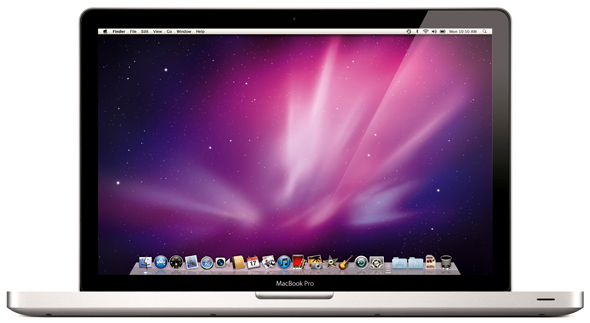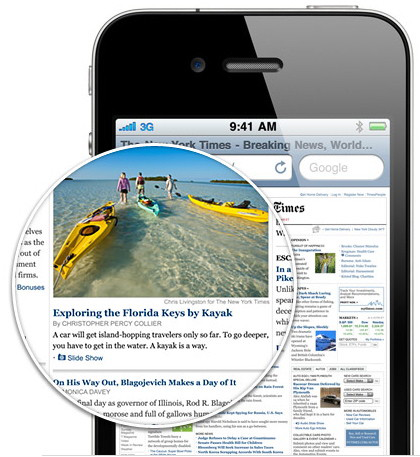According to a report published earlier today, Apple is looking to introduce Retina Displays to their MacBook Pro lineup of high-end notebooks. Details available after the jump!

The news comes from the usual hit-or-miss Apple-related rumors source DigiTimes – an online newspaper which covers the supply side of the computers and electronics industry – in the form of a short report in which they cite “sources in the upstream supply chain” who claim that Apple “is likely” to bring Retina Displays to the MacBook Pro series of notebooks.
Currently, MacBook models have displays with resolutions between 1280×800 for the low-end 13” model to 1920×1200 for the 17” model. According to the report, an all-new MacBook Pro will be introduced in mid-2012 which will have a never-before-seen resolution of 2880×1800 – which has twice the number of pixels* as the 1440×900 display that comes with the 15” MacBook Pro.
From DigiTimes:
Apple is likely to launch its new MacBook Pro lineup with a display resolution of 2880 by 1800 in the second quarter of 2012, setting a new round of competition for panel specifications in the notebook industry, according to sources in the upstream supply chain.
Apple introduced the Retina Display with the iPhone 4 back in 2010, when the display resolution bumped to 960×640 from the iPhone 3GS’ 480×320. It was called the “Retina Display” based on the fact that a display having a pixel density higher than 300 pixels per inch (the iPhone 4 has a 326ppi display) held at a distance of 12 inches from the human eye is the maximum possible detail that the retina can perceive.

The 15” 1440×900 MacBook Pro has a pixel density of 110 ppi. At double the resolution, a 15” 2880×1800 MacBook Pro would have a pixel density of 220 ppi. 220 ppi is less than the minimum requirement for a display to be labeled as “Retina Display”; Apple, then, will certainly have to change their marketing term to meet somehow meet the “Retina Display” requirement.
And to top it all off, OS X Lion has a hidden ‘HiDPI Display Mode’ which supports very resolution displays, and adds a little weight to this whole report. But the question is; are you buying it?
*Increasing the resolution by 2x exactly will certainly help developers upscale their apps. Apple pulled the same move when they introduced the 960×640 display on iPhone 4, doubling the previous 480×320 resolution.
You can follow us on Twitter, add us to your circle on Google+ or like our Facebook page to keep yourself updated on all the latest from Microsoft, Google, Apple and the web.

